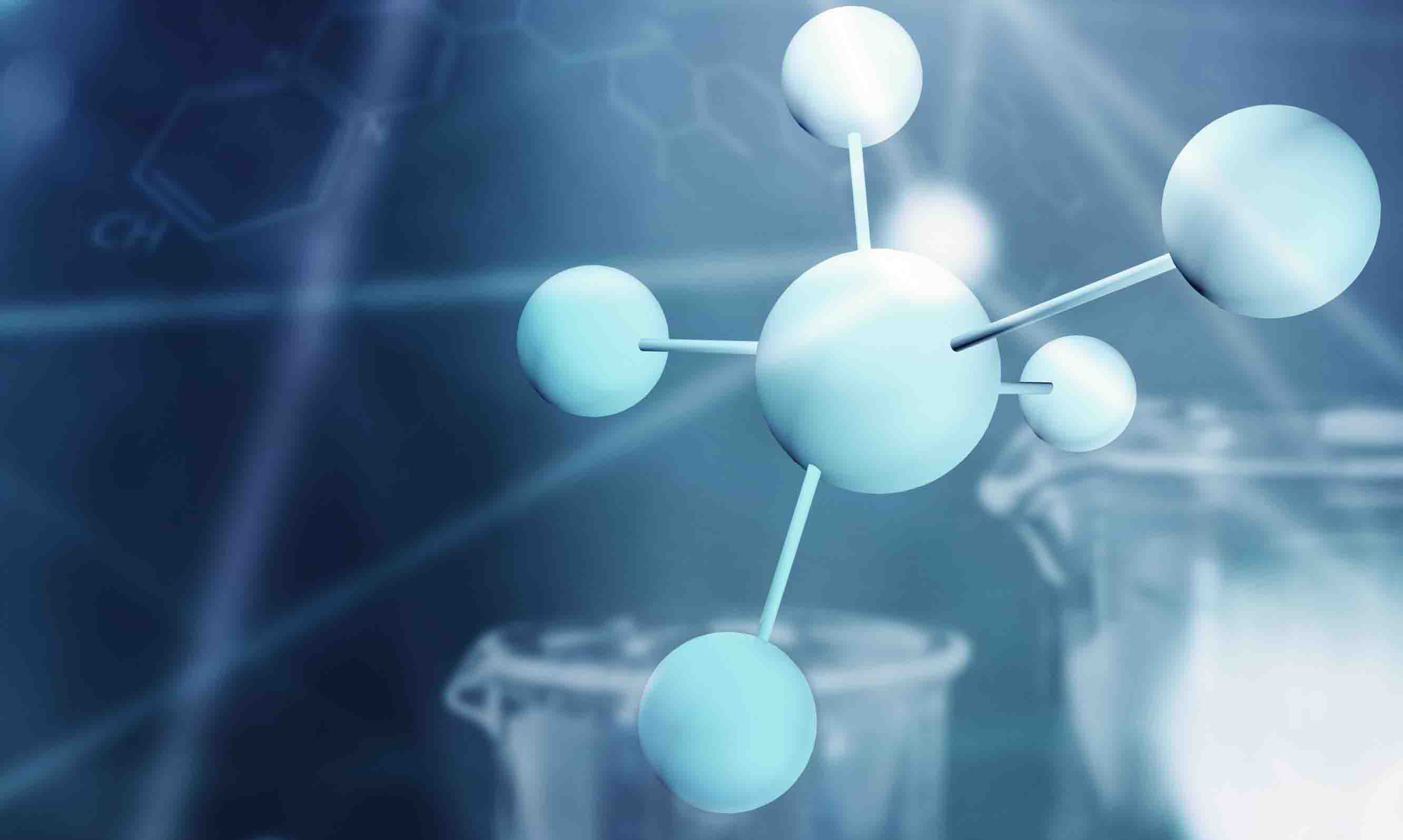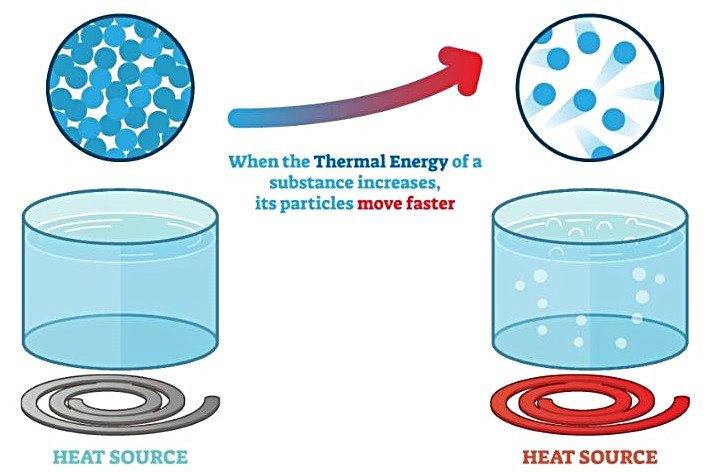Main-Product
- Product
- Enthalpy
Product Categories, Description and Properties
- Segment
- Utilities
- Main-Family
- Hybrid Energy
- Sub-Family
- Enthalpy
- Link
Description
Your insights will be shown here
Properties
- Status
- A
- Unit of Measure
- Metric Ton
- Physical State
-
Gas
System Info
- Update by
-
 Kokel, Nicolas
Kokel, Nicolas - Last Update
- 4/7/2025 2:37 PM
- Added
- 3/30/2025 5:56 PM
Product Communicator
(*=Default)| Product | Title | Date |
|---|
| Products (Quick Access) | Abbr. | Default |
|---|---|---|
| Heat Content | Heat |








